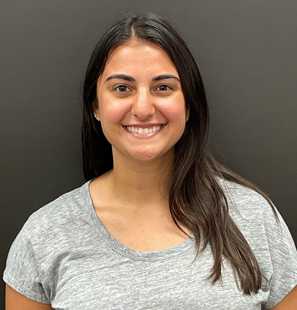
"Elucidating the Excited-State Dynamics of Pd(II) Isocorrole Photosensitizers for Photodynamic Therapy"
Light-based cancer treatments have been advanced more recently, yet their success remains limited due a lack of the photochemical understanding in the drug development. Photodynamic therapy is a method of cancer treatment that uses light to activate photosensitizer drugs, which get excited when exposed to light. This excitation allows them to produce reactive oxygen species that kill cancer cells. Despite efforts to design new photosensitizer drugs, their current effectiveness has been limited by either their low absorption in the therapeutic window, where the wavelengths can penetrate further through the skin, or by their inability to produce enough of the reactive oxygen to kill the cancer. This research aims to verify the differences in reactive oxygen production for two new Pd(II) isocorrole photosensitizers through spectroscopy and computation, and to propose the photophysical models to explain what excited-state chemistry makes for an effective photosensitizer. The new isocorroles exhibit extended absorption into the therapeutic window than previous photosensitizers, giving them better potential for skin penetration. The phosphorescence of the reactive oxygen was directly measured to confirm that one of the isocorroles produces reactive oxygen while the other does not. Differences in how long the compounds stay in the excited state, found by transient absorption spectroscopy, rationalizes why one has the better opportunity of producing the cancer-killing oxygen. The results of this work improve the understanding of the photochemistry necessary for designing better drugs for light-based cancer therapies in the future.
